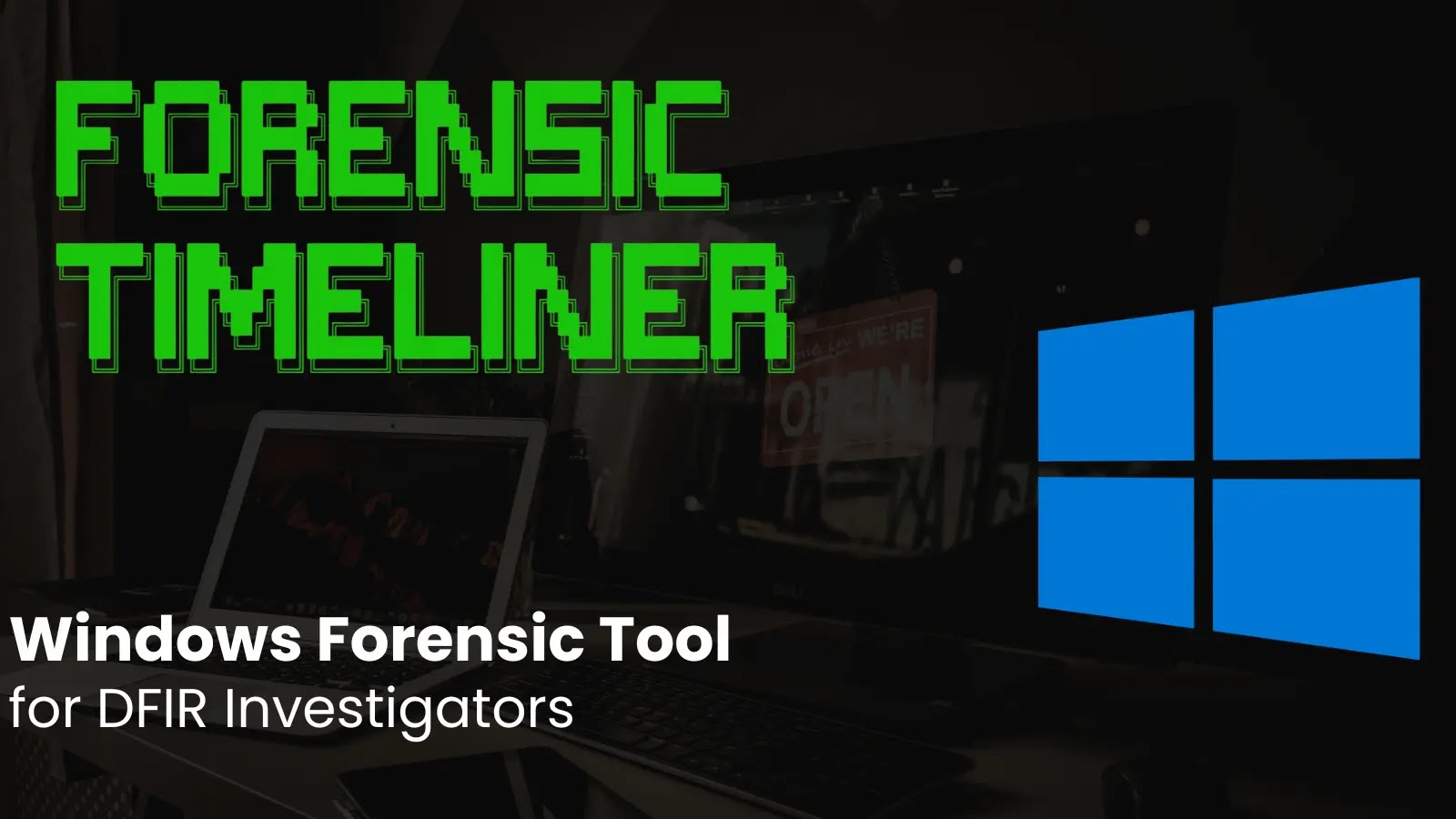
Forensic-Timeliner – Windows Forensic Tool for DFIR Investigators
Unraveling Digital Residues: Forensic-Timeliner Turbocharges Windows DFIR Investigations
In the intricate world of digital forensics and incident response (DFIR), time is a critical variable. Reconstructing events, identifying malicious activities, and understanding the “who, what, when, where, and how” of a security incident demand precise, timely analysis of digital artifacts. This is where specialized tools become indispensable. Enter Forensic-Timeliner, a powerful Windows forensic tool that is significantly enhancing DFIR capabilities, particularly with its latest 2.2 release.
The landscape of cyber threats necessitates highly efficient and accurate forensic tools. Forensic-Timeliner addresses this by offering a robust solution for consolidating disparate data points into a coherent timeline, enabling investigators to make sense of complex digital evidence rapidly.
What is Forensic-Timeliner?
Forensic-Timeliner is a specialized Windows forensic tool designed for DFIR investigators. Its core function is to streamline the analysis of digital evidence by processing and consolidating various data sources into a unified, chronological timeline. This timeline is crucial for understanding the sequence of events during a security incident, helping to pinpoint the initial compromise, attacker movements, and impact.
The tool acts as a high-speed processing engine, ingesting CSV output from numerous leading triage utilities. Instead of manually correlating data from multiple reports, Forensic-Timeliner automates this aggregation, presenting a single, easily interpretable view of the incident.
Version 2.2: Enhanced Automation and Artifact Support
The recent release of Forensic-Timeliner version 2.2 marks a significant leap forward in its capabilities. This update focuses on two key areas integral to modern DFIR operations:
- Enhanced Automation: Version 2.2 introduces heightened automation features. This means less manual intervention for investigators, allowing the tool to more efficiently process and integrate data, reducing the overall time spent on initial evidence correlation. Such automation is crucial for accelerating incident response, especially in environments where speed is paramount.
- Improved Artifact Support: In forensic analysis, the more artifacts a tool can parse and incorporate, the more comprehensive the resulting timeline. The 2.2 update expands Forensic-Timeliner’s support for various digital artifacts, ensuring a broader range of evidence can be included in the consolidated timeline. This wider support helps investigators build a more complete picture of an incident by integrating data from a wider array of sources.
These enhancements collectively empower DFIR teams to reconstruct event sequences with greater precision and identify key indicators of compromise (IOCs) more rapidly than before.
The Power of a Unified Timeline in Digital Forensics
The ability to create a unified timeline from diverse forensic artifacts is a game-changer for DFIR investigators. Digital evidence often exists in a fragmented state across different systems, log files, and proprietary formats. Without a tool like Forensic-Timeliner, manually correlating these events can be an arduous and error-prone process.
A consolidated timeline provides:
- Clear Event Sequencing: It visually and logically orders events, helping investigators understand the progression of an attack.
- Faster IOC Identification: By highlighting anomalies and suspicious activities in chronological order, IOCs become more apparent.
- Improved Incident Reconstruction: A comprehensive timeline aids in building a robust narrative of the incident, essential for reporting and future prevention.
- Reduced Analysis Time: Automation of data consolidation significantly cuts down on the time analysts spend on initial data processing, allowing them to focus on deeper analysis.
Why Forensic-Timeliner is Essential for Windows DFIR
Windows environments are a frequent target for cyberattacks, making dedicated Windows forensic tools invaluable. Forensic-Timeliner’s focus on Windows systems, combined with its ability to process outputs from established triage utilities, makes it a critical asset for any DFIR team operating in such environments. Its commitment to continuous improvement, as demonstrated by the 2.2 release, ensures it remains relevant and effective against evolving threat landscapes.
Conclusion
Forensic-Timeliner version 2.2 presents a compelling solution for DFIR investigators seeking to enhance their capabilities in Windows forensic analysis. By delivering enhanced automation, improved artifact support, and a high-speed processing engine for timeline consolidation, the tool significantly reduces the complexity and time involved in incident reconstruction. For any organization grappling with the aftermath of a security incident, the ability to rapidly and accurately piece together digital events is paramount, and tools like Forensic-Timeliner are at the forefront of enabling this critical function.





